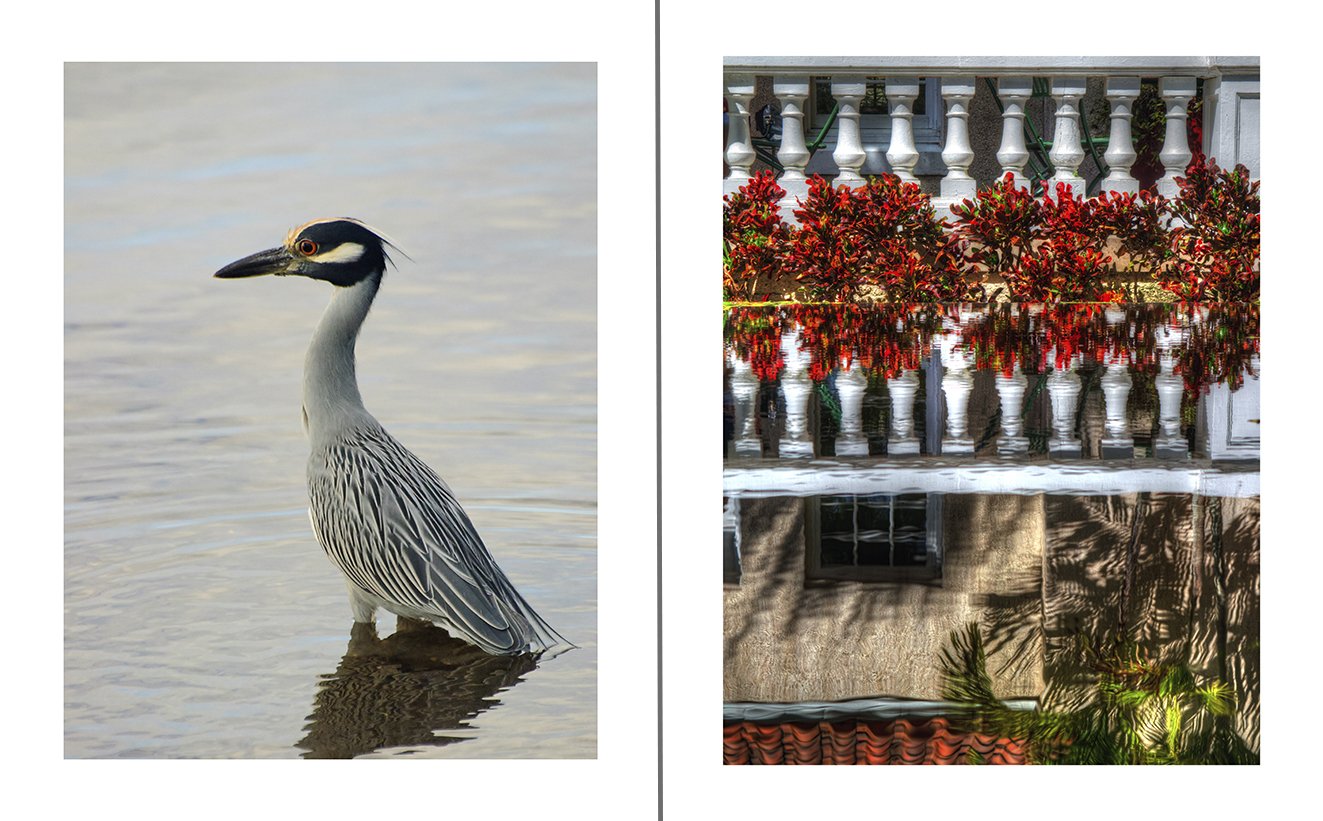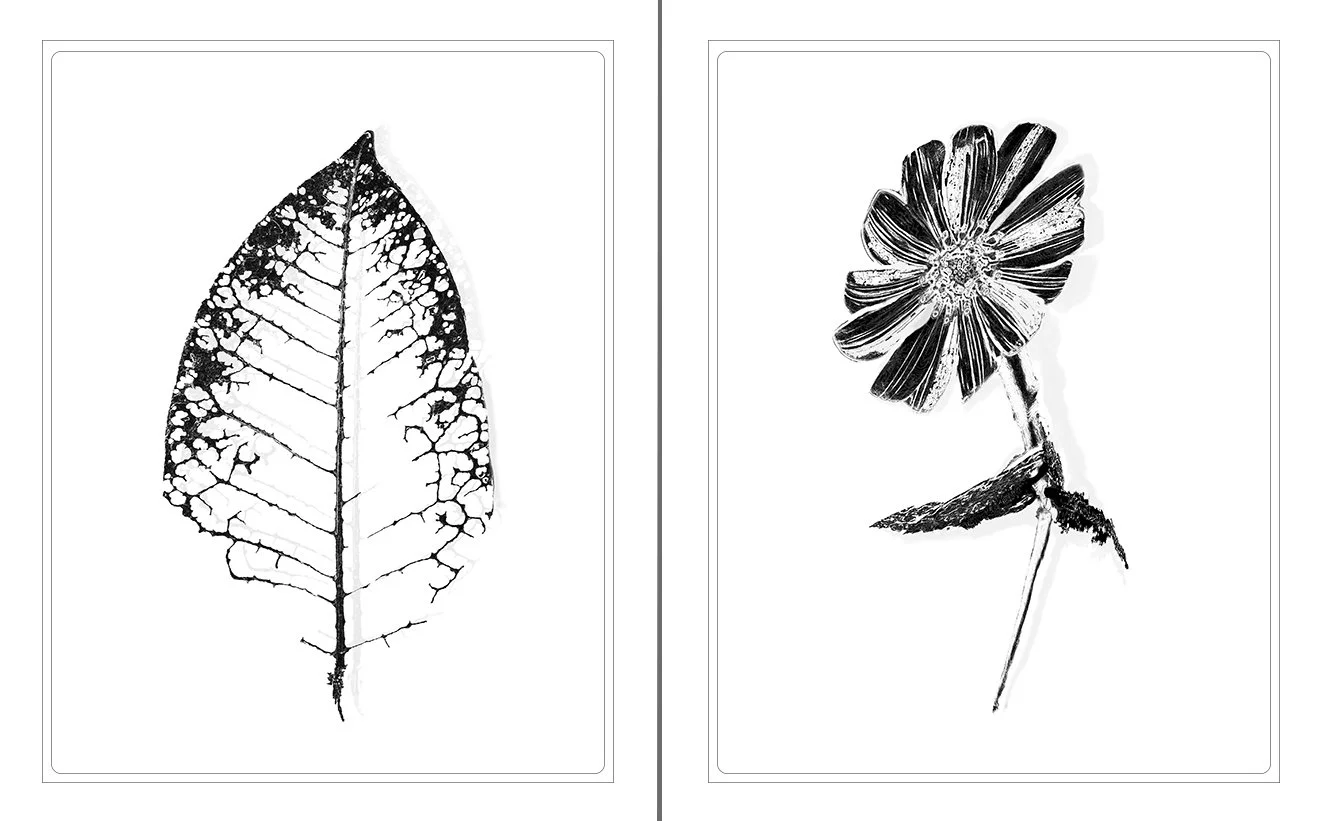SILVER GELATIN PRINTS
A tried-and-true method developed in 1871, silver gelatin printing is an example of "latent" printing, in which an image is activated by light, but is not revealed until submerged in a developer solution. In this case, a negative image is projected onto paper treated with light-sensitive chemicals: silver halide suspended in gelatin. A series of chemical baths will subsequently reveal the latent image, halt the development, remove its sensitivity to light, and fine-tune contrast.
CHROMOGENIC PRINTS
A chromogenic print, also known as a C-print or C-type print, a silver halide print, or a dye coupler print, is a photographic print made from a color negative, transparency, or digital image, and developed using a chromogenic process.
INTAGLIO PRINTS
An Intaglio Print is the group of printing and printmaking techniques in which an image is incised into a surface and the incised line or sunken area holds the ink below the main surface and then transferred to real pulp paper in an etching press. A key characteristic of an Intaglio Print is that no two prints are identical, though many of the same elements may be present.
SUMMARY OF THE ABOVE PRINTING PROCESSES
Silver Gelatine Prints and Chromogenic Prints are pure Photography and also Darkroom produced. Intaglio Prints are very creative in its process allowing a Photogravure process, Illustration, Sketches, Digital and the use of multiple colors by use of different plates that need to be registered on the paper substrate or a combination of any of these forms to create a one-of-a-kind Print. This is a true real creative process making Intaglio.


